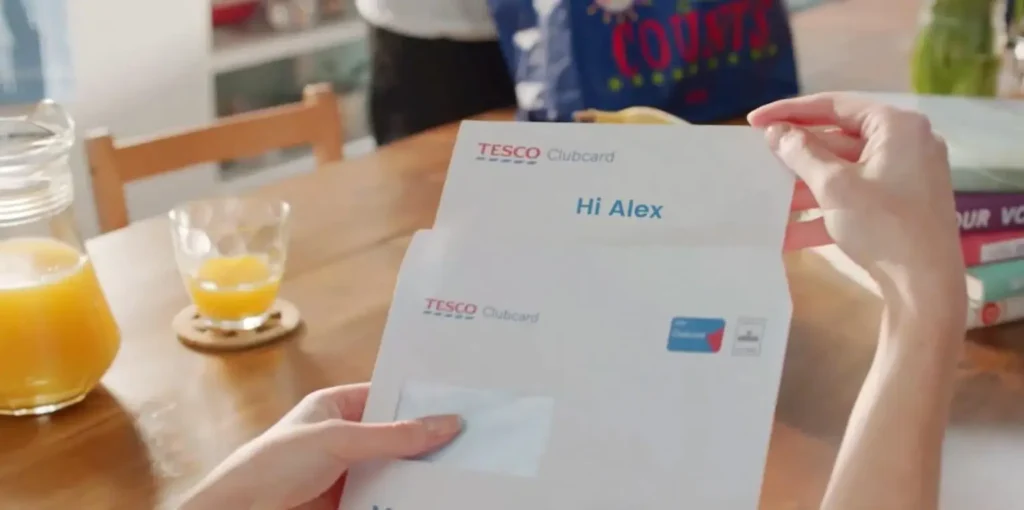Would anyone be offended if we said insurance isn’t always the most exciting conversation topic? Insurance is an important – frequently essential – part of life, but that doesn’t help the fact that many people would choose visiting their dentist over understanding pages upon pages of their policy details.
When you work in an industry that’s not seen as being warm and fuzzy, engaging your customers can be uniquely challenging. And when it comes to insurance, that lack of engagement can greatly impact customer retention, your brand reputation and your bottom line. It’s estimated the effects of customer churn are costing the insurance industry $470 billion annually.
It’s best to get ahead of your customer engagement strategy before your customers get ahead of – and away from – you. Here are some of our customer engagement tips for effectively nurturing your many valuable customer relationships.
Customer Engagement Strategies for Insurance
1. Understand the Difference Between Content Marketing and Custom Content Marketing
Content marketing is a one-size-fits-all approach and nothing could be further from what your customers need. Custom content marketing taps into the effectiveness of segmentation. It acknowledges that someone who is in their first year of policy coverage has different needs than someone in their fifteenth year.
Think about the people you serve. In order to give them the most relevant resources, you need to understand their journey. Is it their first contact with your insurance company? Are they an existing customer? Would you consider them a VIP, or a longstanding, loyal customer who uses your company for multiple policies or services? The answers to these questions will help you gauge what they should be seeing and when they should be seeing it.
From there, you’re able to segment your messaging so the proper people are getting the most accurate information. You can only drive engagement by giving customers things they want to engage with.
2. Personalize Your Messaging
Content personalization is segmentation taken a few steps further. Segmentation looks at people as broader groups, not necessarily individuals: new customers, old customers, potential sales leads, etc. Personalization takes a more dynamic approach. It addresses customers by name, which on its own boosts engagement by 10%, and chooses messaging as unique and multifaceted as the individuals themselves.
For example, personalized messaging would target someone as an established customer who has never made the leap to purchase a second policy, but has shown some interest.
That important distinction opens the door for marketers to cross-sell additional insurance policies and upsell relevant services to customers who are in the best place to receive that messaging.
Personalized campaigns can be generated in real-time from data that’s perpetually being collected so that marketers can guarantee their marketing efforts are hitting their mark. By being responsive to customer behaviors and reflecting current needs, personalization engages people in a one-to-one fashion. Not surprisingly, 90% of consumers say that personalization has an impact on their buying decisions.
3. Engage Your Customers on Social Media
Have you ever heard the phrase “meeting people where they are”? It means being aware of where and how certain people like to receive communications, and then literally bringing your messaging to that channel. Having a dynamic social media presence is the ultimate example of meeting people where they are.
Nearly everyone has a social media account, from typically hard-to-target millennials through to people who have likely had insurance coverage for years. Social platforms like Facebook and Twitter are the crossroads of the Internet, the sweet spot where multiple demographics intersect and brands are able to reach the highest number of potential and current customers.
For insurance companies, it’s especially important to use social media as a listening tool just as much as it’s used as a mouthpiece. Think about why people are choosing to follow and engage with your company on social media. They’re reaching out because they need help, have questions or are trying to find resources. They’ll be receptive to what you post and share so long as it makes their lives easier.
It’s the job of insurance marketers to use social media as a direct line of communication and an opportunity for human-to-human connection when resolving an issue.
Present a professional but personable social voice as much as possible. Directly engage with as many people as you can. Take note of common questions or concerns so you can…
4. Build Content and Resources Around Commonly Asked Questions
It’s a simple concept: find the holes in your communication and fill them in. As we said above, listening to your customers is the best way to accurately locate those holes.
What questions do they continue to ask? What concerns do they repeatedly raise? When they don’t have answers, chances are they’re doing one of two things. Either they’re putting needless strain on your call centers in an attempt to connect with someone and find clarity; or they’re too overwhelmed to find a resolution, and simply end up frustrated and more prone to switching insurance providers.
Neither of these scenarios are where you want to be. Too many businesses wait until customers are dissatisfied before directly engaging with them.
You can offer a refreshingly transparent approach to customer engagement within the insurance industry by preempting questions, building relevant content and keeping an eye out for future weak spots in communication.
5. Consider Launching an App
In the event of an emergency, it’s likely that your customers will be reaching out and looking for policy resources via their smartphones. When minutes matter and tensions are possibly running high, the last thing you want is for people to grow frustrated trying to navigate a clunky website.
Launching an intuitively designed app gives you the opportunity to share important phone numbers and policy details, and even include an in-app video assistance feature. Combined, these at-your-fingertips options serve to create an atmosphere of preparedness and perpetuate the notion that your company is genuinely there to alleviate stressful situations – not create them.
In Summary
We think Jeff Bezos said it best when he said, “Obsess over your customers.” It’s the simplest rule when it comes to customer engagement. Be consistent, be reliable, ask yourself how changes in business procedure might impact communication channels or clarity. In the insurance industry especially, transparency and trust are cornerstones of communication.
Your customers need to trust you in order to be fully engaged and loyal. Strive to meet them on an individual level with messaging that appeals to their unique needs and offers relevant solutions.
If you found this useful and you’d like to learn how to take advantage of the latest trends in a fast-paced and ever-evolving marketing landscape, we invite you to download a copy of our “How to stay ahead of the game in the marketing industry” guide for CMOs.






